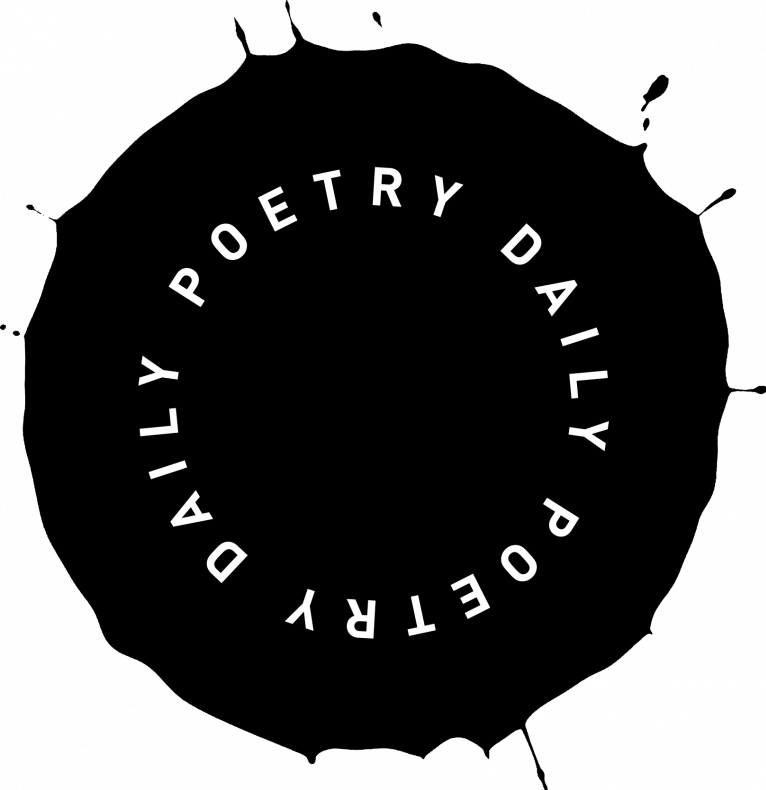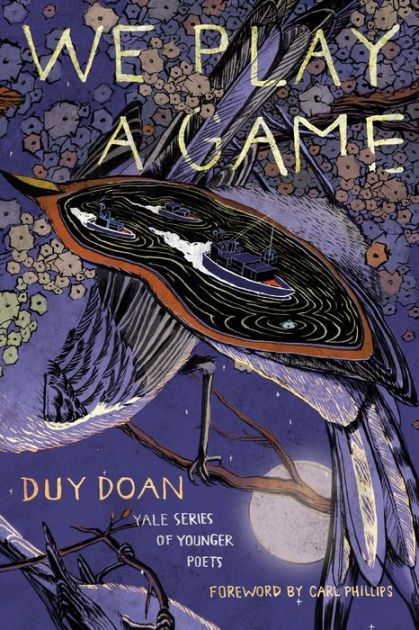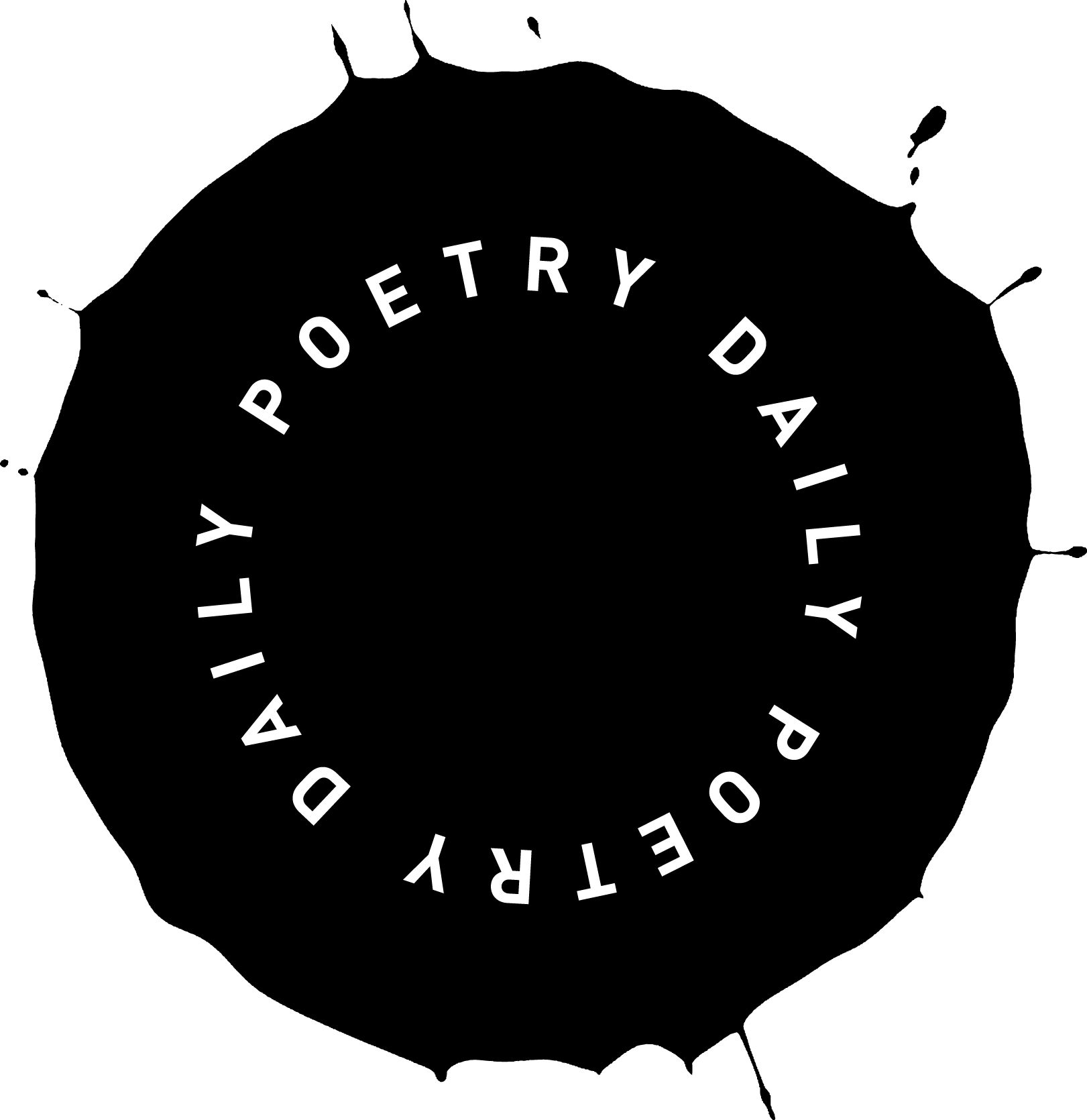Pantoums, Transparency, and Vietnamese Tones
The only fixed form I think I have ever wanted to understand is the pantoum. The fact that it’s a Southeast Asian form really appealed to me. From what I know, it’s an old Malaysian form. All of the lines are repeated once in a predetermined order. I’ve seen lots of variations when it comes to the order. The poet decides. These repetitions bring about a unique musical quality, which is one of the big draws of the pantoum. But the thing I like most about the form is its transparency. The poet has to be honest.
I once heard Paul Muldoon use the term “fake it” in a Q&A. Someone asked him something about what he’s learned over the years as a working poet—something like that. His response (which I loved) was that it gets increasingly easier to fake it. I don’t think he was saying that he fakes it; I think he was just acknowledging that it’s a reality that the further a poet gets in their career (when you’re as eminent as some poets are), the more they can get away with in their poetry. I’m grateful for Muldoon’s answer because he was also emphasizing the importance of honesty, or genuineness, or whatever the opposite of “faking it” is.
The pantoum is less forgiving than some of the world of poetry in this way. That’s my favorite thing about the pantoum: If you fake it, you can easily get found out.
***
For this essay, it’s fun to be given the opportunity to talk about the first pantoum I ever wrote. I was an undergraduate when I wrote it. Some of the moments in the poem are a bit cringe to me looking back now. But the thing that I’m proud of now is the honesty (as a young writer). In the poem, I never faked it.
By transparency in the pantoum, I mean: All of the rules of the form are there to be seen; we understand that there is pattern at play, but what does the poet do with that pattern? It makes me think of Ralph Ellison’s great credo: “What moves a writer to eloquence is less meaningful than what he makes of it. How much, by the way, do we know of Sophocles’ wounds?”
There are several types of repetition in a pantoum, or several effects. Here are some I can think of: repetition for sonic value, for emphasis (or obsession), to juxtapose, to ramp up energy or to keep the poem dynamic (many lines in pantoums are end-stopped, so the poet needs to find transitions to keep the eyes and ears flowing down the page). I’m sure there are other types of repetition.
For me, though, the most special type of repetition is where the language undergoes a transformation: When a word, phrase, or line comes back around, the denotation has changed; or when a symbol comes back around, the referent has changed. This type of repetition is where I think you can judge the level of honesty in a pantoum.
This is not to say that every repetition of a line (every time a line reappears) needs to go through a transformation. That would be overkill. Sometimes musicality, emphasis, juxtaposition, etc. are just as important for the pantoum’s functioning.
There’s a great scene from Vincent Minelli’s 1952 film The Bad and the Beautiful, where one of the main characters, Von Ellstein, a movie director played by Ivan Trisault, sets his controlling, overbearing producer straight: “I could make the scene a climax. I could make every scene in this picture a climax. If I did, I would be a bad director. And I like to think of myself as one of the best. A picture all of climaxes is like a necklace without a string. It falls apart.”
I’d argue that most of the lines in pantoums are like Von Ellstein’s string, and the few lines where the meanings shift are Von Ellstein’s climaxes.
The first thing I look for when I’m looking at a pantoum is whether there are any climaxes at all, whether there are any lines in the poem where the meaning actually shifts. Here are some examples of ways meaning can shift in a pantoum:
The poet uses a personal pronoun to refer to one person and then when that pronoun comes back around it refers to a different person. (They, she, he, etc.)
The poet uses the noun form of a word and then when the word comes back around it’s a verb. (“Fish” to refer to the animal, and then later, “fish” as a verb to mean catching that animal.)
The poet uses homonyms. (“Bass” to refer to the instrument or the animal, and then later to mean “base” as in “home base.”)
The poet changes a symbol’s referent. (It’s cheesy to give examples of symbols.)
The poet uses some other type of word play. (The phrase “I waited for a minute” to mean something happening for an actual minute of time, and then the phrase again later as an expression, as in “Wow, I haven’t seen you for a minute, my friend.”)
If I find lines in a pantoum where meaning shifts, I then ask if those transformations are either moving the poem forward or closing it out, or are those shifts just pointless flair. Sometimes it’s a subjective call: Are those transformations cool or is my response “Yeah. And?”
If shifts aren’t obvious to me at first, I have ways of trying to spot them. I’ll relate this process to something I once heard Yusef Komunyaaka talk about in a Q&A. He was describing his first draft process in which he writes everything out by hand. He said he then comes back later and circles the essential images (he also touches on this matter in his essay collection Blue Notes). I’d like to adapt Komunyaaka’s term to the pantoum, but instead of essential “images,” I’ll say essential “moments.”
For my pantoum, I don’t think it’s hard to point to some of the essential moments. The poem including the title is 195 words. It contains 9 Việt terms, a total of 26 words. Because there are so few Việt words and because the poem is about Việt heritage and migration, there’s a lot of weight on those words. Here they are again:
Anh Hai – older brother, the oldest son
Bà Nội – paternal grandmother
đi tu đi con – enter the priesthood; become a monk
tu – the process of entering the priesthood
tù – prison
Bà Ngoại – maternal grandmother
The pantoum form places much weight on the first and last lines, maybe more than most forms do. For pantoums, the most common variation is where the last line is repeated from the first line. So, those are the lines I look at first to see if there are any shifts in meaning at all.
My pantoum is similar to many other pantoums in that the last line is a repetition of the first line, except “her sister” is replaced by “Bà Ngoại” (maternal grandmother). Bà Ngoại is the only Việt word in the body of the poem that doesn’t appear twice.
This might be taken to mean the transference of cultural history has now been passed down completely and reaches its culmination in the moment the older sibling moves away from the impersonal “sounded like her sister” to refer to his grandmother in Vietnamese instead: Bà Ngoại. It’s maybe not the most elaborate move (it’s a less cheesy “I am Groot” / “We are Groot” moment (from Guardians of the Galaxy)), but it’s an attempt to land the poem on a Việt word as a cathartic way for siblings to bond and cope with displacement and their parent’s war trauma.
***
I’m a numbers guy when it comes to trying to figure out how a poem works. This is especially important for me when I look at a pantoum: How many stanzas, how long are the stanzas (quatrains are among the most common), how many lines, how long are the lines, how many are end-stopped, how many are enjambed. Counting precisely or eyeballing quickly in this manner can help me spot breaks in patterns as well as places where striking images or words congregate. Those are good places to look for shifts in meaning.
Of all the Việt words in my pantoum, the words “tu” (the process of entering the priesthood) and “tù” (prison) appear the most. They’re also the only Việt words that occur either relationally or within a phrase: “the difference between tu and tù is one mark” and “di tu di con.”
Bà Nội used to always tell me, Đi tu đi con. But I know
The difference between tu and tù is one mark.
It’s a kind of snarky thing a kid might respond with if an adult is telling them: “Đi tu đi con” (enter the priesthood). As in, “I wouldn’t enter the priesthood; that’s like going to prison.”
Bilingual poems where wordplay also includes playing with tones and diacritics are fun in a unique way. It’s like introducing more mirrors into a funhouse and then walking through that room of mirrors while juggling bright balls.
***
Written Vietnamese is a funhouse system made up of letters from the Roman alphabet we use in English (except without “j,” “f,” and “w”) in addition to diacritical marks (some of the marks can stack on top of one another). Spoken Vietnamese has six tones (ngang, sắc, huyền, hỏi, ngã, nặng), and there are five diacritical marks that indicate tone.
The only tones that matter for the sake of this essay are ngang and huyền. In my poem, the tone in “tu” is ngang, and the tone in “tù” is huyền. To me, ngang sounds neutral or maybe a little happier than neutral, while huyền sounds sad (it’s like playing a note on the violin and then sliding down the neck a few centimeters).
Here are lines from the first stanza:
It had been fifty years since they’d last spoken; mom said they cried over the phone.
Bà Nội used to always tell me, Đi tu đi con. But I know
The difference between tu and tù is one mark.
Here are lines from the second stanza:
The night dad disappeared into a jungle, Bà Nội also cried.
The difference between tu and tù is one mark.
Once I heard about a monk who died setting himself on fire.
The first time there’s crying in the poem, when the maternal grandmother speaks to the great aunt, the sisters are crying out of joy. The letters “tu” have no diacritical mark. The tone sounds neutral or maybe even a bit upbeat.
The second time there’s crying, the paternal grandmother cries from grief. The letters “tu” receive the diacritical mark huyền, which in English (maybe not incidentally) is called the grave accent. Indeed, tù sounds sad and feels grave. And then there’s the monk.
***
Sometimes when I’m in an early draft of a poem (or even a middle draft), I sort of feel like I just spit language out there because it feels good and I’m feeling a bit in the zone. I don’t think there’s anything wrong with that tendency or approach; it’s fun and useful. But after those earlier drafts, as I’m whittling down the poem, I try to be as disciplined as possible. All the stuff I spat out there that doesn’t mean anything (images, turns of phrases, word play, transitions) gets cut. When I’m revising a poem, I feel like there are so many moments when it’s easy to say: “I think that works? I’ll just leave it and if it doesn’t hold up, whatever. It sounds cool.” The temptation is to leave it in there and hope that it sticks.
With the pantoum, the rules can be rigid, which might mean that the form might be too exacting for some people: If there are no transformations, the poem is just spectacle and razzamatazz, and there’s only faking it.
Another way of looking at the pantoum, however, is that it’s a form where much of the fun comes from spitting language out there: As long as the poem’s musicality sticks and nobody looks annoyingly closely, you can get away with whatever you want. Why not?




